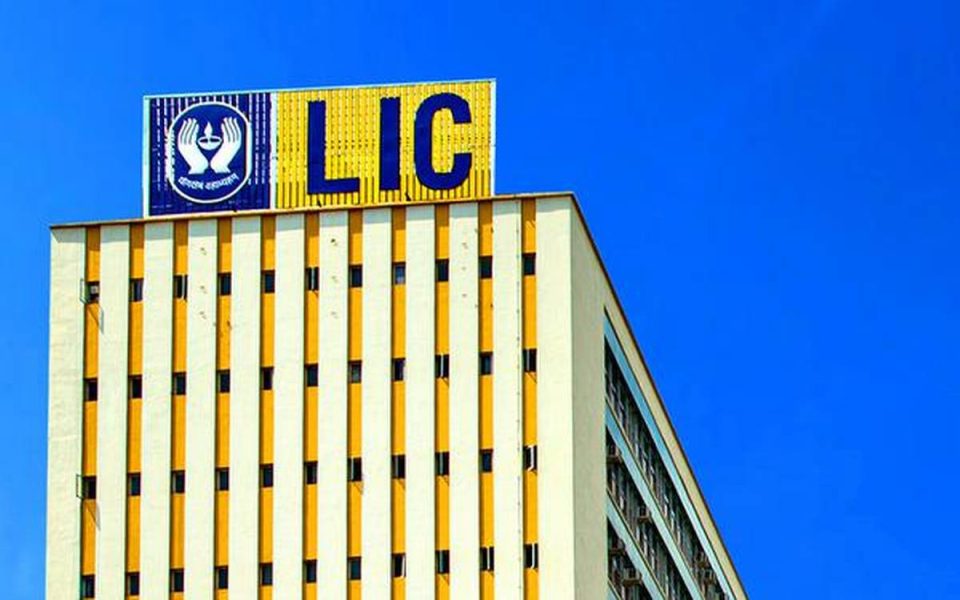
LIC report card: Should the small investor hold on to his shares?
Though the insurance behemoth's overall annual result has shown improvement, the recent quarter result is not encouraging

Anand is a middle-aged investor who was enthusiastic to participate in the initial public offering of LIC of India. A long-time LIC policyholder, he had taken insurance coverage as part of the protection plan.
He was lured in by LIC’s claim that the offer price was low compared to the price based on the company’s embedded value. When LIC offered a discount of Rs 60 to policy holders, he was eager to subscribe for the issue. He got an allotment at Rs 889 against the issue price of Rs 949.
Kavita was also convinced by the valuation metric of LIC’s IPO. She participated as a retail investor and got an allotment at Rs 904 per share after a discount of Rs 45.
Also read: Why LIC IPO may not be as attractive as it’s made out to be
There are many small investors like Anand and Kavita who were disappointed when the LIC shares were listed at a discount on the opening day. On subsequent days of trading, the LIC IPO share slowly drifted down and, on June 1, the closing price was Rs 810.40. On June 6, the LIC shares price fell further to Rs 777.35 at the NSE. On June 7, it fell to a new low and closed at Rs 753.
Also read: LIC shares hit new low on Monday; could go further south, say experts
It is unfortunate that a public issue by an institution owned by the Government of India set an unreasonable price for the issue, which has resulted in the disappointment of many small investors. If compared to the equities of other private life insurers traded in the market, there could have been a more reasonable price for the issue.
While it is for the individual investor to take a call to hold or to sell an investment based on his/her risk appetite, investment horizon, financial goals, etc., here’s an attempt to understand the present situation.
Recent working results
LIC’s financial results for the quarter ended March 2022 are out. It has declared a net profit of Rs 2,409 crore for the quarter, which is 17.41 per cent lower compared to Rs 2,917.33 crore in the same period last year. The company’s net profit for the entire fiscal was reported at Rs 4,043.12 crore, which was 39.4 per cent higher as compared to Rs 2,900.56 crore in FY21. So, though the overall annual result showed improvement, the recent quarter result was not encouraging.
Also read: Grossly undervalued, LIC’s IPO is the most controversial ever
In this regard, it is important to note the statement of LIC’s Managing Director Raj Kumar — that LIC will match the profitability of its private sector counterparts in the next five years. LIC’s yield on investments dropped to 8.55 per cent in FY22 compared with 8.69 per cent in FY21. It is the largest asset manager in the country with assets of Rs 42 trillion; hence, even a small increase or decrease in yield matters a lot.
Earnings per share (based on the result)
The shareholding pattern of LIC is: Out of a total of 6,324,997,701 shares, the government has 6,103,622,781 shares and the public, 221,374,920 shares.
When we take into account the net profit of Rs 4,043.12 crore, earnings per share works out to be Rs 6.39.
Price earnings ratio
When we take the market price of share at Rs 810 (as on June 1, 2022), the price earnings (PE) ratio works out to 126.76.
Let us compare how the market has valued other life insurance companies in terms of PE ratio. ICICI Prudential’s PE Ratio is 103.77, HDFC Life is at 96.68 and SBI Life at 76.59.
Thus, even after the price fall, the price of LIC share in terms of PE ratio is on the higher side. Even if the highest valuation given for ICICI Prudential Life is taken into account, the price of LIC share should be only Rs 660 against the current market price of Rs 810. Is there any justification for the higher price of the LIC share?
When we compare the market valuation of general insurance companies by government entities and the private sector, again we see that the market always gives a discount to government general insurers. For government banks and private banks also, the market valuation is similar and the government banks are quoted at a discount when compared in terms of PE Ratio.
Price to book value
Even in terms of price to book value, the LIC share price is on the higher side. While LIC is quoted at 40.72 times its book value, HDFC Life is only at 10.17 times. All other life insurers are quoted even less.
Also read: LIC Q4 profit drops 17% at Rs 2,409 cr; declares Rs 1.50 dividend per share
On a comparative basis, when the book value is around Rs 20, if the highest valuation, as in the case of HDFC Life is taken, then the price comes to Rs 203 only.
Limitation
It is true that PE ratio or price to book value cannot be the sole criteria for determining the value of a stock. There may be other reasons to believe that in future there may be more business growth, earning growth, unlocking of potential valuation, etc. But in the case of LIC, there is no such reason in sight; more so when the MD of LIC says that it will take five years to match the profitability of private insurers.
The indiviudal investor has to consider all these issues. The final call, of course, is his or hers to take.
(The writer is a retired banker.)

